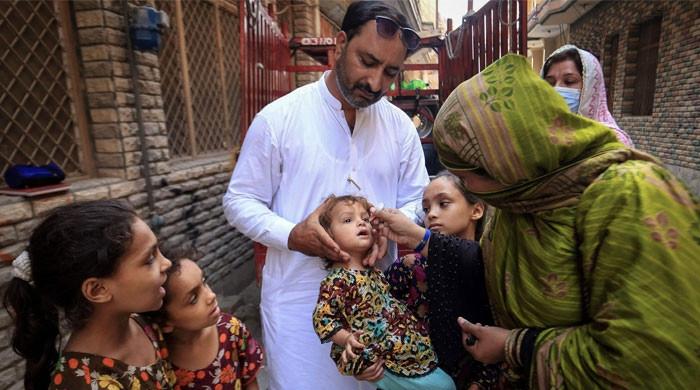No link between physical activity and body fat in girls, finds study
Girls' body weight remains unaffected by amount of physical activity, says study
August 17, 2022

- Girls are less prone to shed their excess body weight by becoming more physically active, says study.
- Norwegian research studied 1,000 children from age of four every two years.
- In boys, overweight children become inactive as they gain more body mass.
Increasing physical activity does not create much of a difference in a girl's weight loss journey, a new study said. A Norwegian team claims that how much time a girl spends running, walking or working out is irrelevant for her weight.
There is no getting away from the fact that physical exercise has many positive health advantages, however, the effects vary by gender. Boys do lose excess body weight, but not until they are teenagers.
“In girls, we found no connection between their physical activity and amount of body fat," said first study author Tonje Zahl-Thanem in a university release. "Increased physical activity didn’t lead to less body fat in the girls, and body fat had no effect on changes in their physical activity.”
The levels of activity in boys are impacted by their body fat percentage -- higher amounts correspond to lower levels of exercise.
“Increased body fat in boys led to less physical activity two years later, when they were 8, 10 and 12 years old,” said Zahl-Thanem.
The research has studied over 1,000 Norwegian children whose data was taken from the Trondheim Early Secure Study (TESS) which has been tracking participants since they were four years-old. The researchers analysed the data of these youngsters between the ages of six and fourteen every two years. The analysis was published in the International Journal of Obesity.
“We looked at the connection between objectively measured physical activity and the proportion of body fat in girls and boys,” said Silje Steinsbekk, a professor at NTNU’s Department of Psychology. “We found that boys who are more physically active when they’re 12 years old have a lower proportion of body fat when they’re 14. This wasn’t the case at an earlier developmental stage.”
The study also finds the answer to the question as to why boys who gain body fat become less active over time. The Norwegian researchers said if you have large body, you will need more effort while exercising as you have heavier weight. However, this is not the case for girls, interestingly.
“Here we can only speculate, but boys are generally more physically active than girls, so when boys reduce their activity level, the physical impact is greater,” said Steinsbekk.
In boys, overweight children are more prone to be dissatisfied, and this body unhappiness is associated with less physical exercise.
“Boys’ physical activity is probably even more competitively oriented than girls’, and more body fat makes it more difficult to succeed. Both of these conditions can help explain why increased body fat leads to less physical activity in boys, but not girls,” said co-author Lars Wichstrøm, a professor in NTNU’s Department of Psychology.
The researchers looked at the relationship between inactivity and body fat by tracking how much time individuals spent while sitting during the day.
“The results show that boys who had an increase in the proportion of body fat had a corresponding increase in sedentary activity two years later. This carried through all the age groups studied, from the age of 6 through age 14,” said Steinsbekk.
It means boys grow more inactive and get inclined to the sedentary lifestyle in case they have higher body fat percentages. But, this is not the case for girls as they remained unaffected by the increased body weight. Girls do not become less active by obtaining more body fat.
“In sum, we found a link between physical activity, sedentary lifestyle and fat percentage in boys, but not in girls,” Steinsbekk concludes.









